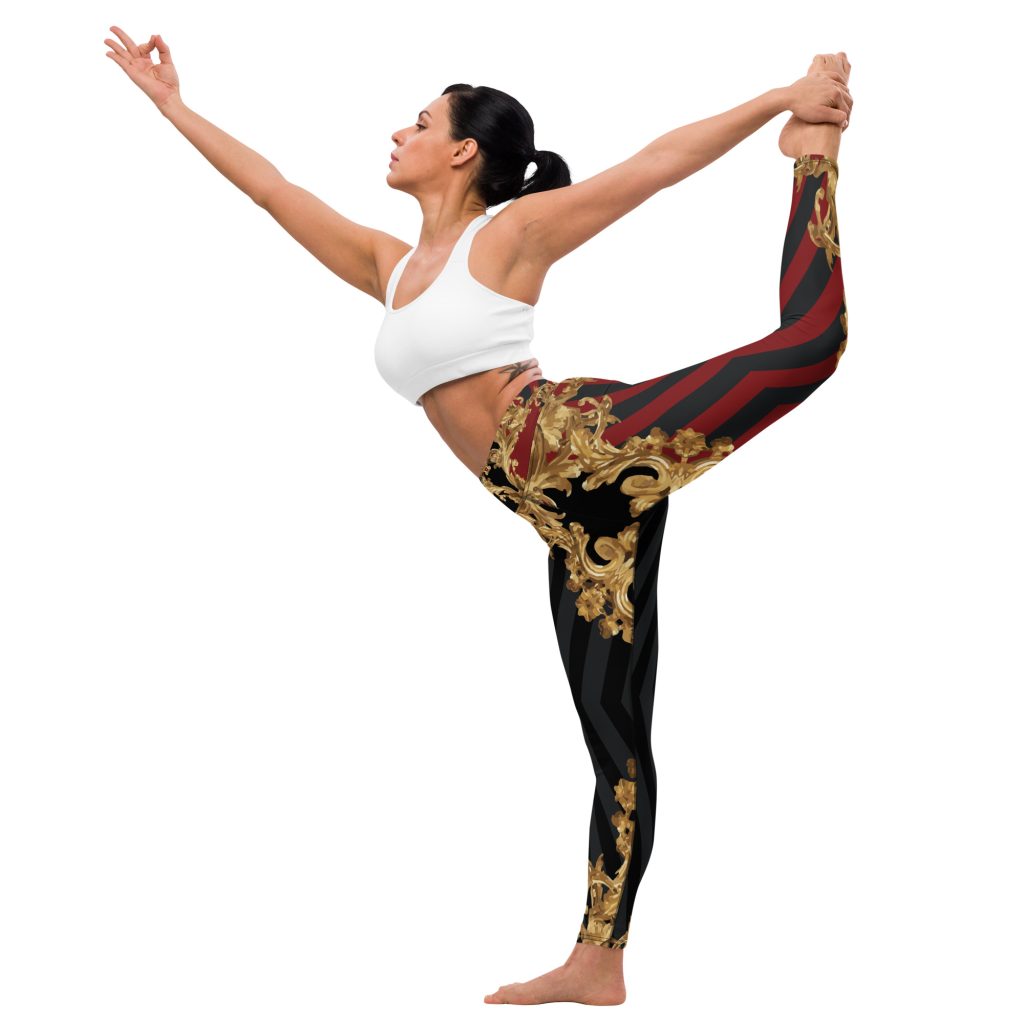
Functional training has gained popularity in recent years for its focus on exercises that mimic real-life movements and activities. When it comes to core exercises, incorporating functional training principles can enhance not only core strength but also overall functionality and performance in everyday tasks. In this article, we’ll explore the concept of functional training and how integrating it into core workouts can provide real-life benefits.
Understanding Functional Training
Functional training involves performing exercises that simulate movements and activities commonly encountered in daily life or sports. Unlike traditional strength training, which often isolates individual muscles or muscle groups, functional training emphasizes movements that engage multiple muscle groups and joints simultaneously. The goal is to improve overall strength, flexibility, balance, and coordination, making it easier to perform everyday activities with ease and efficiency.
The Importance of Core Strength in Functional Training
The core plays a central role in functional movement, serving as the foundation for nearly every physical activity we perform. Whether you’re bending down to pick up a heavy object, reaching overhead to grab something from a high shelf, or twisting to turn and look behind you, a strong and stable core is essential for maintaining proper posture and alignment and preventing injury. By focusing on core exercises that promote functional movement patterns, you can improve core strength in ways that directly translate to real-life activities.
Benefits of Integrating Functional Training into Core Workouts
Improved Functional Strength: Functional core exercises target the muscles used in everyday activities, helping to improve functional strength and performance in real-life tasks.
Enhanced Stability and Balance: Functional training emphasizes dynamic movements that challenge balance and stability, helping to improve proprioception and body awareness while reducing the risk of falls and injuries.
Better Movement Efficiency: By training the core to work synergistically with other muscle groups, functional training can improve movement efficiency and coordination, making everyday tasks feel easier and more effortless.
Increased Range of Motion: Many functional core exercises involve dynamic movements that promote flexibility and joint mobility, leading to increased range of motion and improved overall flexibility.
Injury Prevention: Functional training helps strengthen the muscles and connective tissues that support the spine and pelvis, reducing the risk of common injuries such as lower back pain and muscle strains.
Examples of Functional Core Exercises
Squat to Overhead Press: Combines a lower-body squat with an upper-body overhead press, mimicking the movement pattern of lifting an object from the ground and pressing it overhead.
Woodchoppers: Involves a twisting motion that simulates chopping wood, targeting the obliques and improving rotational strength and stability.
Lunge with Rotation: Combines a forward lunge with a rotation, challenging balance and coordination while targeting the core muscles.
Bear Crawls: Mimics the crawling motion used in infancy, engaging the core muscles while also challenging stability and coordination.
Single-Leg Deadlifts: Targets the posterior chain and core muscles while also improving balance and stability.
Incorporating Functional Training into Core Workouts
To integrate functional training into your core workouts, focus on exercises that emphasize multi-planar movements, engage multiple muscle groups simultaneously, and replicate real-life activities. Start with a dynamic warm-up that includes movements such as lunges, squats, and hip hinges to prepare the body for the workout ahead. Then, incorporate a variety of functional core exercises that challenge different movement patterns and muscle groups. Finish with a cooldown that includes stretching exercises to improve flexibility and promote recovery.
Conclusion
Functional training offers numerous benefits for improving core strength, stability, and overall functionality in daily life. By integrating functional training principles into your core workouts, you can develop a strong and resilient core that supports you in all aspects of life. Focus on exercises that mimic real-life movements and activities, engage multiple muscle groups simultaneously, and promote balance, stability, and coordination. Whether you’re lifting heavy objects, playing sports, or simply navigating the challenges of everyday life, a functional core will help you move more efficiently, reduce the risk of injury, and perform at your best.























